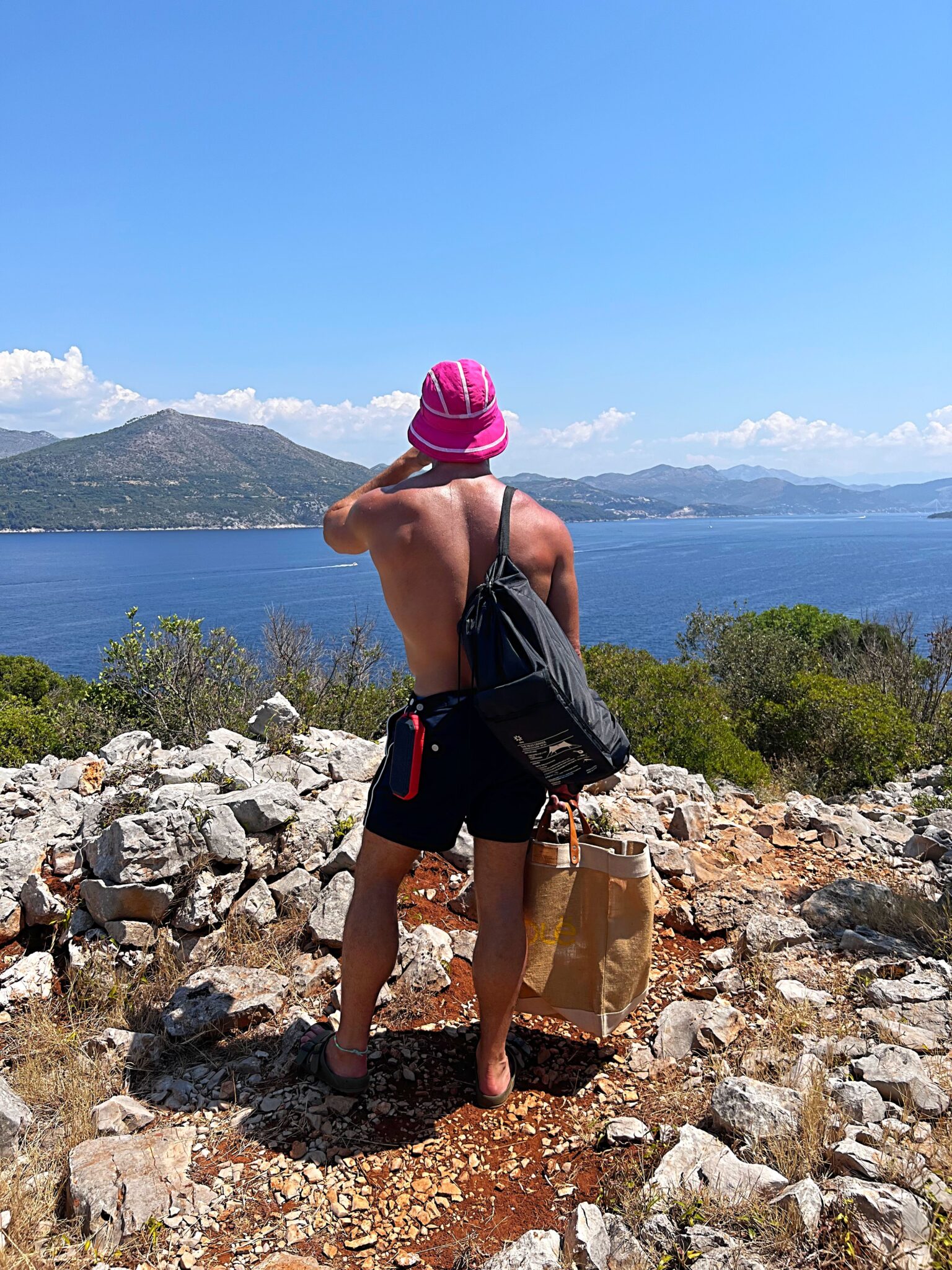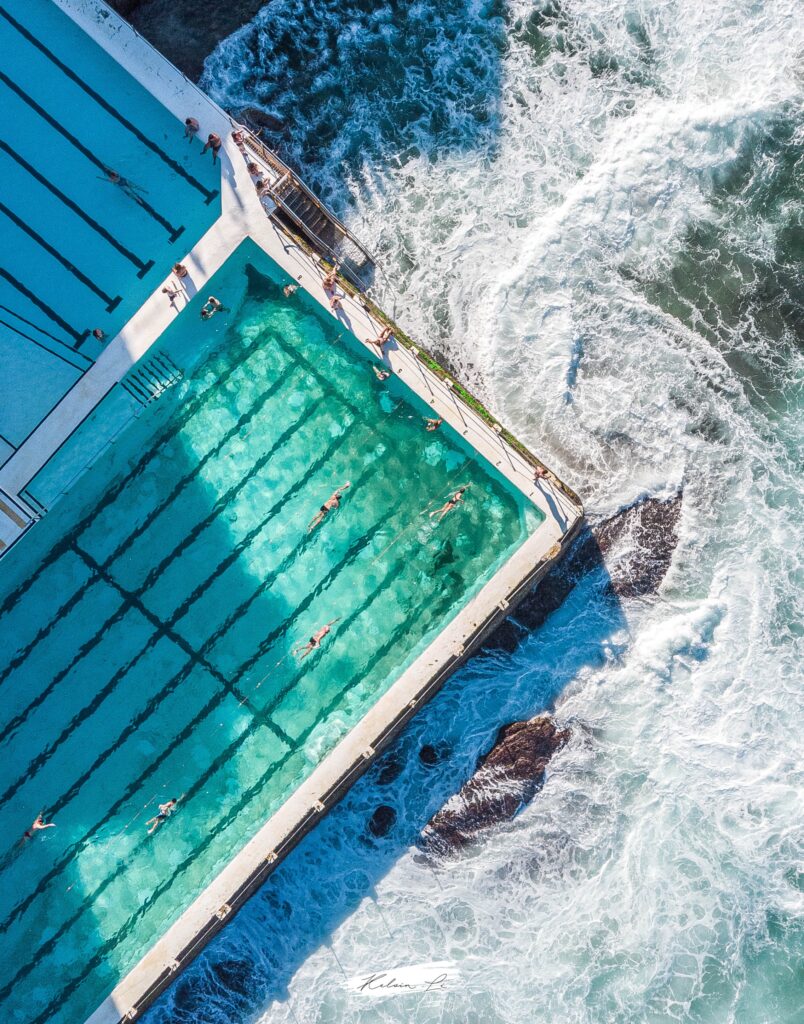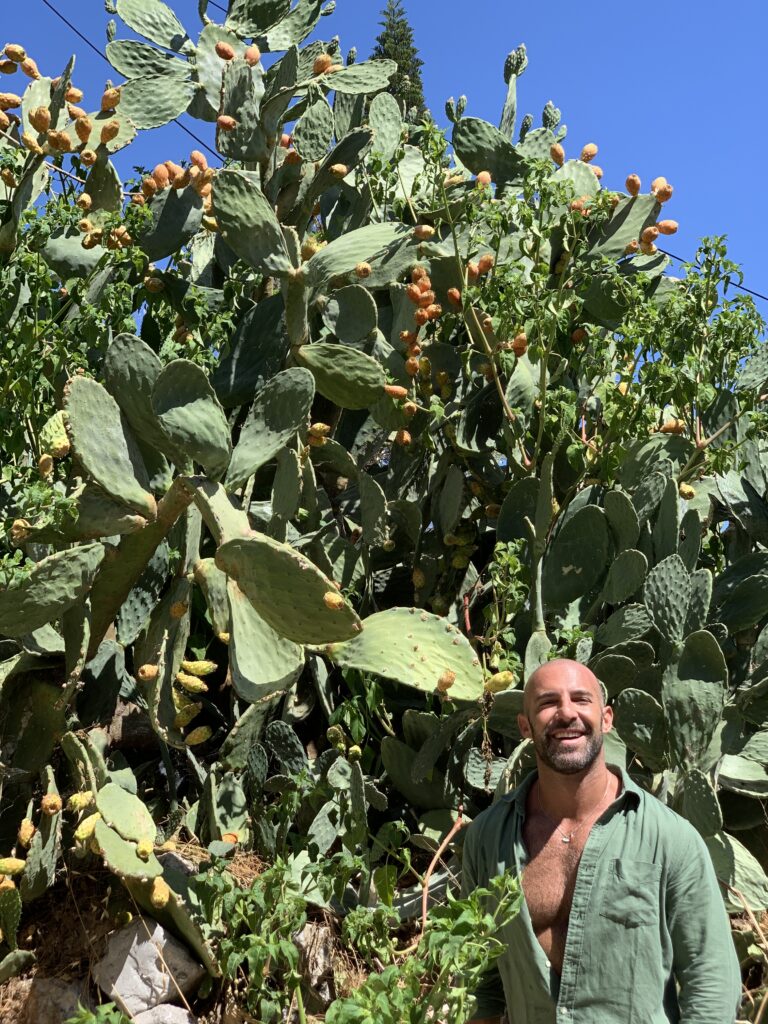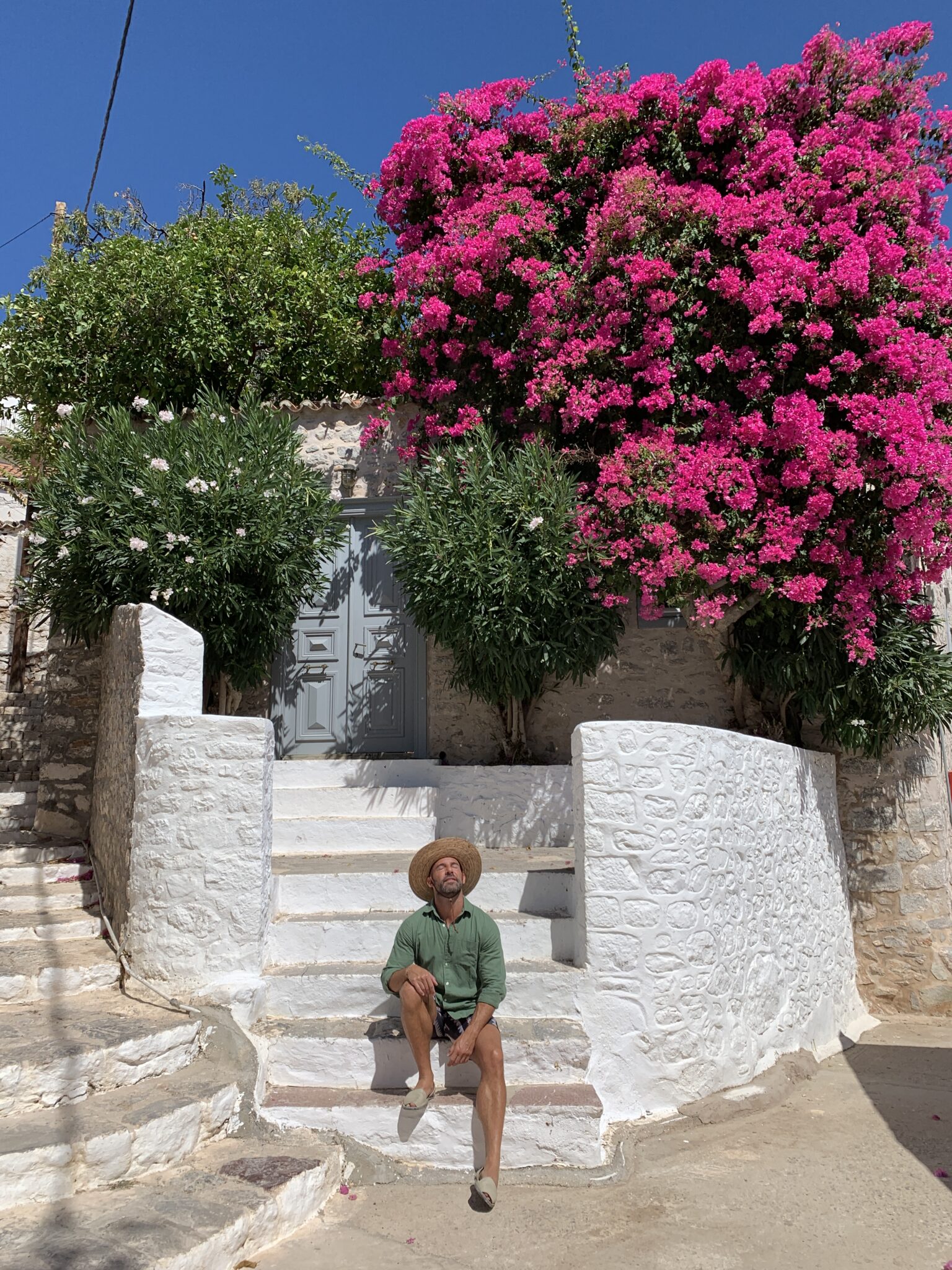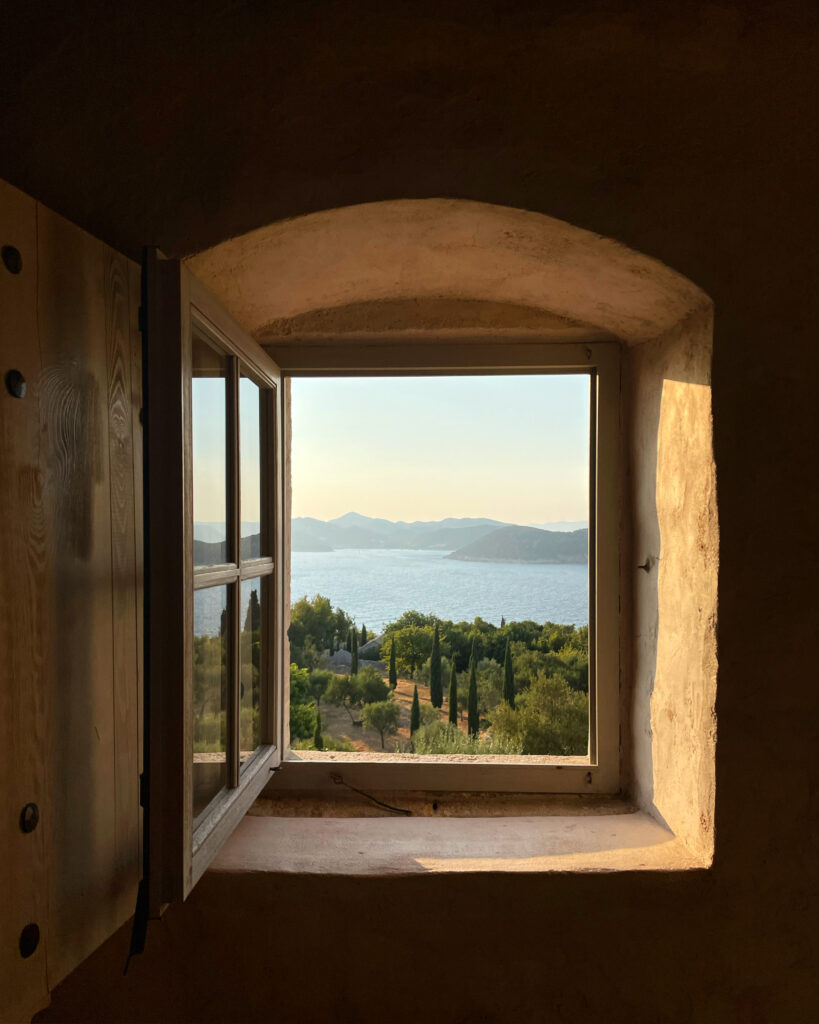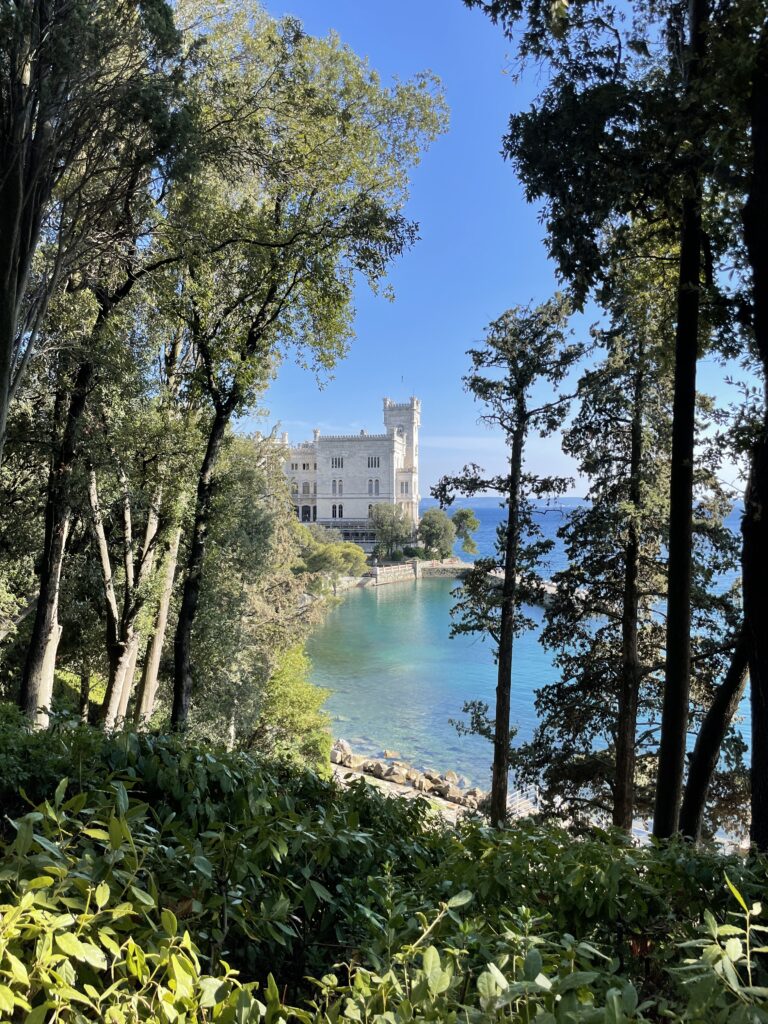As an architect fascinated by the world of fragrances, Carlos Huber is a master at capturing the essence of a place by embracing authentic historical experiences.
Words by Niccolo Brandon Serratt
Images courtesy of Carlos Huber
In the world of fragrance, scents often transcend their aromatic notes to evoke the presence of a loved one, transport us to a cherished place, or even encapsulate a fondly remembered moment in time. But what if these ethereal elements of time, space, and architecture could be woven together to create an olfactory tapestry like never before?
This is precisely the innovative approach embraced by Carlos Huber, the creative mastermind behind Arquiste Parfumeur. He’s not merely redefining perfume; he’s reframing it as a temporal and spatial journey.
“I see myself as a fragrance developer, an architect of scents,” Huber says. “I’m not a perfumer in the traditional sense; instead, I design the concept and the scent, then rely on expert perfumers to bring that vision to life. This mirrors the process in architecture, where the architect designs a space, and the builder executes it.”
The fragrances he crafts strive to capture the essence of specific moments and places.
Carlos has developed scents inspired by Sydney’s unique rock pools, with a mineral, ambery musk evoking a perfect day at the beach. For another, notes of Myrtle leaf, Calabrese citron, Sicilian lemon, Italian mandarin, bergamot, Mediterranean lavender, labdanum and cedar wood conjure an Italian citrus field in Medieval Calabria.
But one of his most notable creations is the signature scent for the prestigious St. Regis Hotels & Resorts brand, owned by Marriott.
This bespoke fragrance, the brand’s first, was inspired by the iconic hotel chain’s rich history and luxurious ambience, and named after Caroline Astor, the matriarch of the hotel’s founding family, and the 400 notable guests that represented the highest echelons of New York society. Its scent captures the exotic woods; the potted palms and apple blossoms that lined the hallways; the light crisp essence of champagne wafting through the crowds; and notes of rich American Beauty roses—her favorite flower—white lilies and the delicate sweetness of quince, apple and cherry blossom that filled the hotel’s ballroom.
“Our aim was to design a fragrance that not only transports people back to the early 1900s but could also work consistently across all St. Regis hotels worldwide,” Huber said while on a visit to The St. Regis Kanai Resort, in Mexico’s Riviera Maya, to promote his partnership with the brand.
My vision was to recreate past experiences, not merely replicate old formulas, and transport people back in time through their senses.
– Carlos Huber
Tell us about your journey from being an architect to becoming the founder of Arquiste Parfumeur?
Carlos: My journey began under the guidance of Rodrigo Flores, a prominent figure in the fragrance industry. As an architect fascinated by the world of fragrances, I noticed an intriguing intersection between architecture and perfumery. This realization happened during my year-and-a-half-long apprenticeship, during which I had the chance to dive deep into the fragrance industry.
I saw an opportunity to bring these elements into the perfume industry. I sought to capture and immortalize historical moments and experiences through perfume, much like architecture preserves history.
My vision was to recreate past experiences, not merely replicate old formulas, and transport people back in time through their senses.
My mentors, such as Rodrigo Flores, Yan, and Sofi, endorsed this innovative approach and kindled their passion. They supported my foray into the business side of the fragrance industry, using my connections with celebrated perfumers who have worked with big names like Ralph Lauren and Jo Malone. Their encouragement and passion fueled me to transform this idea into a unique brand that blends architecture’s methodology and storytelling with the art of perfume creation.
When you create a scent inspired by a specific place, what factors do you consider to capture the essence of that location? How do you translate the unique characteristics of a place into a fragrance?
Carlos: We consider various factors, such as the local flora, landscape, and architectural materials, to capture a snapshot of a place and its ambience. This approach applies whether we’re creating a beach scent, factoring in the smell of salt, sun cream, and human skin, or using architectural and botanical landscapes to derive objective location-related references.
Could you tell us what factors inspired you to create the signature scent of St. Regis?
Carlos: For this scent, I came across original New York Times articles from 1901-1904 mentioning the floral arrangements in the Astors’ mansion (the founding family of St. Regis) during their lavish balls. We researched specific floral arrangements used in the house, which each St. Regis hotel is based upon, and attempted to recreate the scent experience of entering that house.
We always ask ourselves, “What are the unique elements in this scene?” and try to encapsulate them in the fragrance. So, when you walk into a St. Regis, you experience the same scent someone would have encountered at one of the Astors’ gala events—a snapshot of a place in time.
We always ask ourselves, ‘What are the unique elements in this scene?’ and try to encapsulate them in the fragrance.
Can you share a memorable experience where you witnessed the powerful impact of scent in transporting people to a different time or place?
Carlos: I witness this impact quite frequently in my line of work. A personal example would be my first visit to Europe when I stayed at the Marriott in Grosvenor Square, in London. The unique floral scent of the hotel lobby transported me to a different world. I was just 12 years old then and didn’t even realize that the captivating scent was due to the flowers.
As I matured, I understood how scent plays a crucial role in our emotional responses and interactions. It’s not merely about how a room smells; it significantly influences who we feel drawn to in romantic and platonic contexts. It can guide us towards those we feel compatible with and help us find our tribe.
Are there any upcoming projects or collaborations you are excited about?
Carlos: One project I’m very excited about is our collaboration with high-end tequila manufacturer Casa Azul. We’re launching a home scent in September, inspired by the highlands of the Jalisco region where the iconic brand produces its tequila.
It’s not merely about how a room smells; it significantly influences who we feel drawn to in romantic and platonic contexts.
– Carlos Huber
Finally, are there any places in New York or further afield that have lately inspired you?
Carlos: The Cloisters Museum, managed by the Met, certainly stands out. This museum, housing a medieval collection within recreated fragments of European buildings, has an unmatched energy that transports you to a different era and place.
I draw inspiration from the city’s vibrant restaurant scene, the riverfront reminding me of New York’s location between water bodies, and classic New York steakhouses with their distinctive wooden and leather aromas.
However, other cities like Seville, Sydney, and Mexico City intrigue me more when it comes to scents. For example, Mexico City’s scent of freshly made tortillas offers a unique and delightful olfactory experience.
Follow Carlos Huber on his travels on Instagram.

